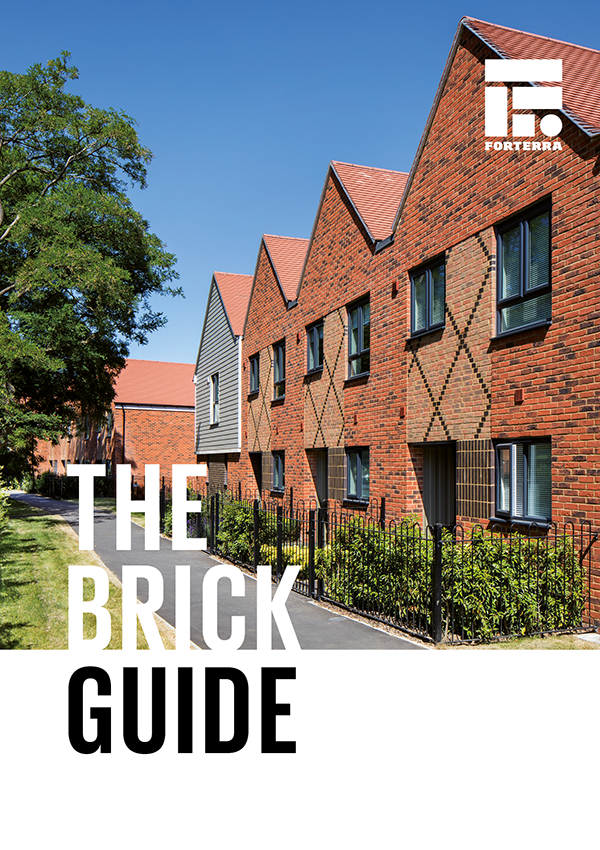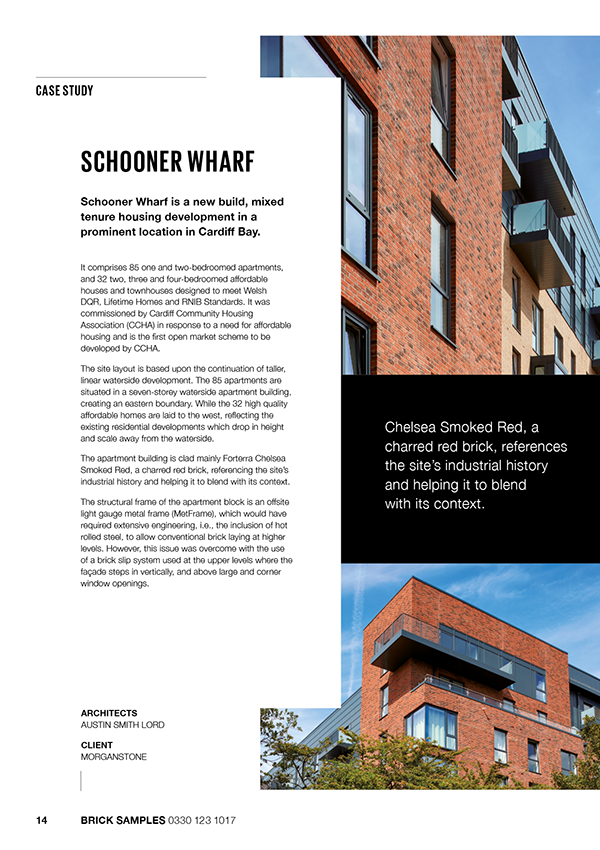
London Brick: An icon on the British landscape
In continuous production since 1877, the iconic London Brick has been used in the building of almost a quarter of England’s housing stock. It’s an astonishing legacy for a product that is still made in the same way as it was over 140 years ago.
Today, London Brick is produced primarily for the residential renovation, maintenance and improvement (RMI) market. The 23 styles and colours in its range are designed to match the five million homes built using London Bricks as owners look to improve and extend their homes.
A brand built on a rich heritage
From its origins as a simple utility brick, London Brick – also known as a Fletton brick after its original place of manufacture – is one of the few building products whose fame has reached into the mainstream. It is recognised by its iconic ‘frog’ feature, an indentation in the top of the brick that ensures quick and even heat distribution in the firing process and makes the brick easier to cut, handle and lay.
London Brick is a brand built on heritage, pride, quality and integrity and is supported by Forterra’s detailed knowledge and technical know-how. It also receives loyal support from builders’ merchants and from the bricklaying community – many of whom will have used London Brick in their college training.
140 years of history
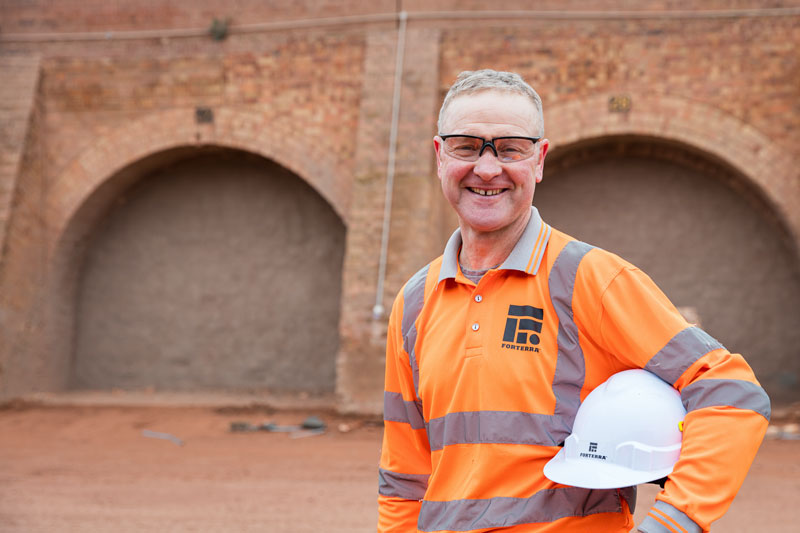
Kings Dyke brickworks
Kings Dyke brickworks in Whittlesey, near Peterborough, has been home to London Brick since June 1969, although there has been brickmaking in Whittlesey since the 19th century. In fact, many of our highly skilled workers come from families who have been proud brickmakers for generations.
The site lies on the rich seam of Lower Oxford Clay from which London Brick is made. It has four kilns and three chimneys, one of which stands at 400 metres high, making it one of the tallest in Europe.
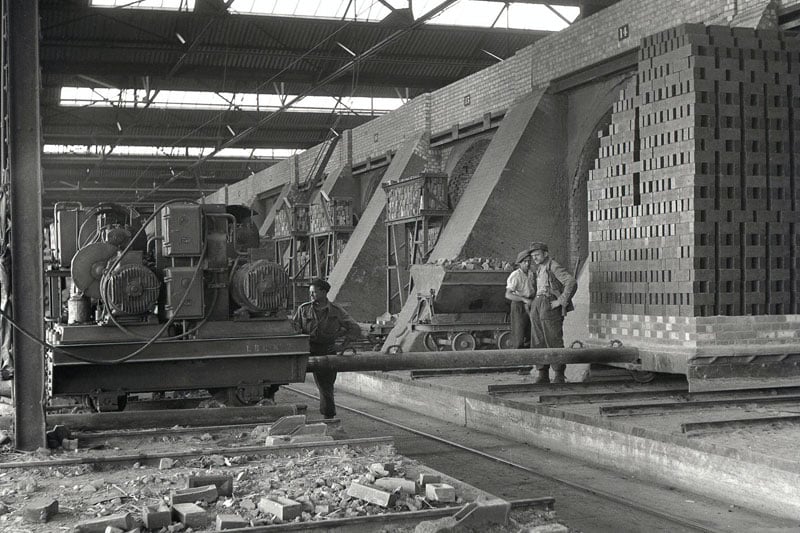
London Brick archives
London Brick is a significant part of England’s building history and so we don’t leave recording it to chance. London Brick archivist, Andrew Mortlock, completed 45 years continuous service with London Brick before turning his attention to recording its history.
The extensive archive includes the original auction documents relating to sale of land and a vintage AEC Mammoth Major truck.
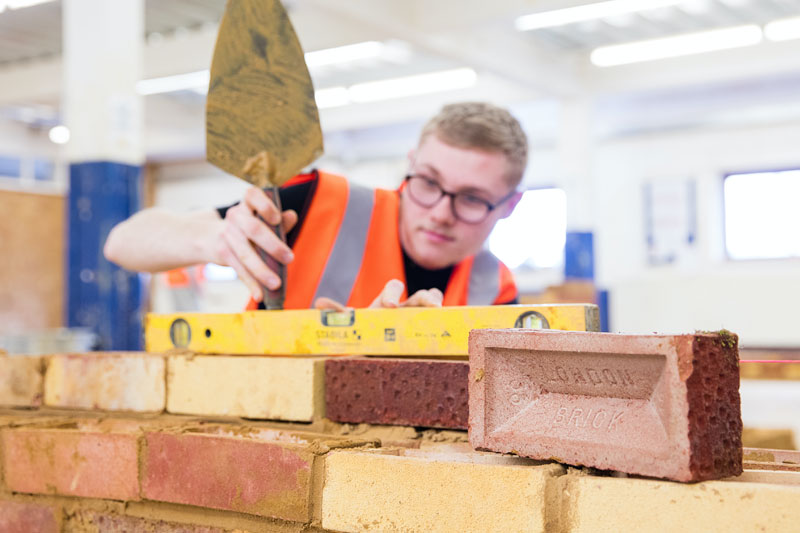
Supporting the next generation of bricklayers
Every year, Forterra donates tens of thousands of London Bricks to events, competitions and college brickwork departments around the country, ensuring a continuous stream of bricklaying and construction talent that will keep Britain building long into the future.
We have established an all-female bricklaying competition designed to encourage more girls and women to consider a career in bricklaying or construction. The competition requires competitors to build a competition piece using London Bricks.
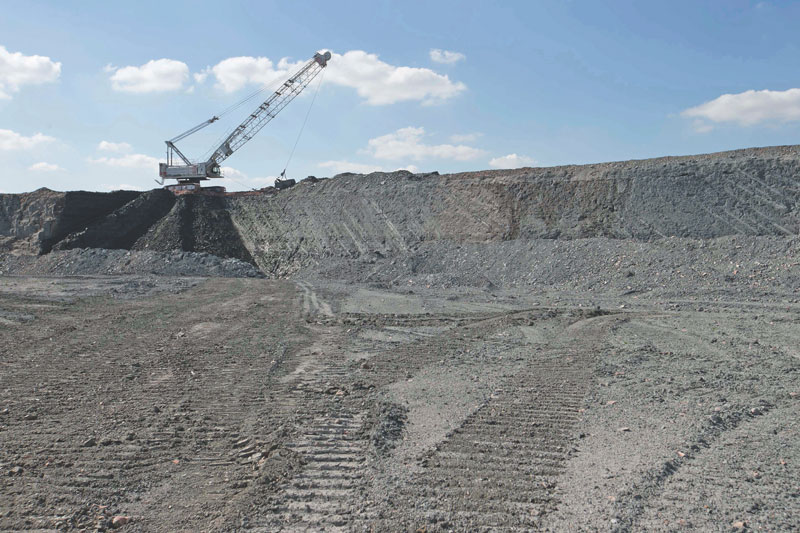
Sustainability
London Brick is BES 6001 Responsible Sourcing certified. The bricks contribute to thermal mass and can be recycled at the end of their use.
The Kings Dyke site where London Brick is made is also home to the award-winning Kings Dyke Nature Reserve, established on the site of an old London Brick claypit. Opened in 1999 and developed as an educational nature reserve for schools in the local community, the site benefits from a wide range of habitats, from open water and ponds to grasslands and bare open spaces. In 2018, Kings Dyke was named the most bio-diverse site in naturalist Chris Packham’s BioBlitz, recording 1,138 different species of wildlife in just 24 hours.
We've got the perfect bricks for a perfect job
To help you in your decision-making process, our brochures contain useful information about the product ranges, their applications and technical specifications.
